In 2025, the global cruiser motorcycle market stands at a crossroads of tradition and innovation. Valued at $75.5 billion according to The Business Research Company, this segment is experiencing a 6.4% annual growth rate, driven by rising demand for luxury two-wheelers and the resurgence of touring culture. Yet, beneath this optimism lie challenges: shifting consumer preferences toward electric mobility, geopolitical headwinds, and intensified competition. This article explores the market dynamics, profiles key players, and evaluates the disruptive potential of China’s Great Wall Soul Motorcycle.
1. Market Overview: Size, Growth, and Regional Dynamics
The global motorcycle market, valued at $154 billion in 2025 (Statista), is dominated by Asia-Pacific, accounting for 80% of sales (QYR). Within this, cruisers represent a premium niche, defined by their relaxed ergonomics, powerful engines, and iconic designs. Key trends include:
-
Luxury Segment Boom: High-end cruisers (e.g., Harley-Davidson, BMW) are thriving as disposable incomes rise in emerging markets like India and Indonesia.
-
Tourism-Driven Demand: Post-pandemic travel rebounds have fueled demand for touring models, particularly in Europe and North America.
-
Electrification Pressures: While electric motorcycles claim 12% of the broader market (Statista), cruisers lag in adoption due to battery weight and range limitations.
Regional Breakdown:
-
Asia-Pacific: India leads with $33.5 billion in revenue (Statista), driven by affordable models from Hero MotoCorp and Honda.
-
North America: The U.S. market is pivoting toward electric bikes, with Zero Motorcycles and Harley-Davidson’s LiveWire gaining traction.
-
Europe: Premium brands like Ducati and Triumph dominate, leveraging strong aftermarket ecosystems.
2. Key Players: Titans of the Cruiser Realm
2.1 Harley-Davidson: The American Icon
With a 12% global market share (Statista), Harley-Davidson remains synonymous with cruiser culture. Models like the Street Glide and Road King blend V-twin muscle with heritage styling. However, the brand faces headwinds:
-
Aging Demographics: The average Harley rider is 50+, prompting initiatives to attract millennials through electric models like the LiveWire Del Mar.
-
International Expansion: Struggles in China, where it faces stiff competition from local brands like QJMotor.
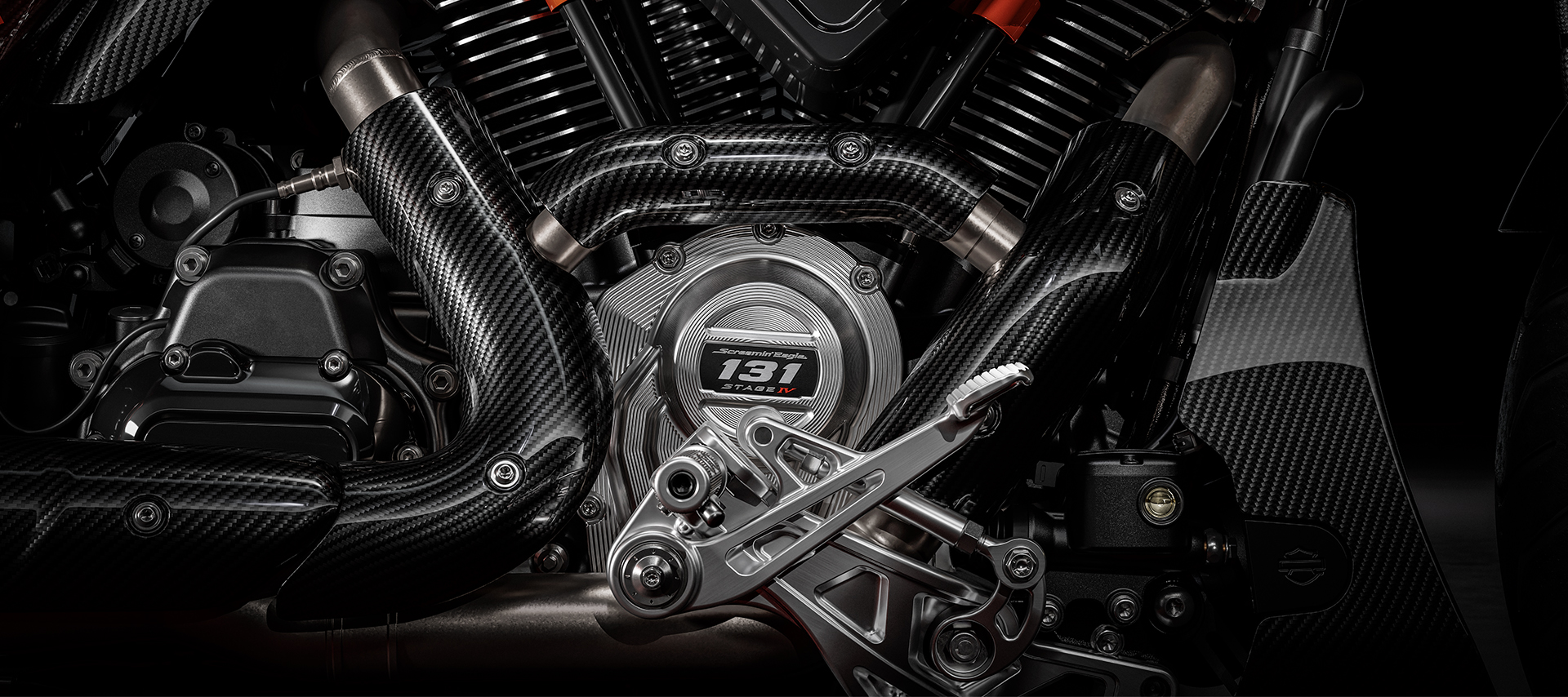
2.2 Honda Motor Company: The Global Giant
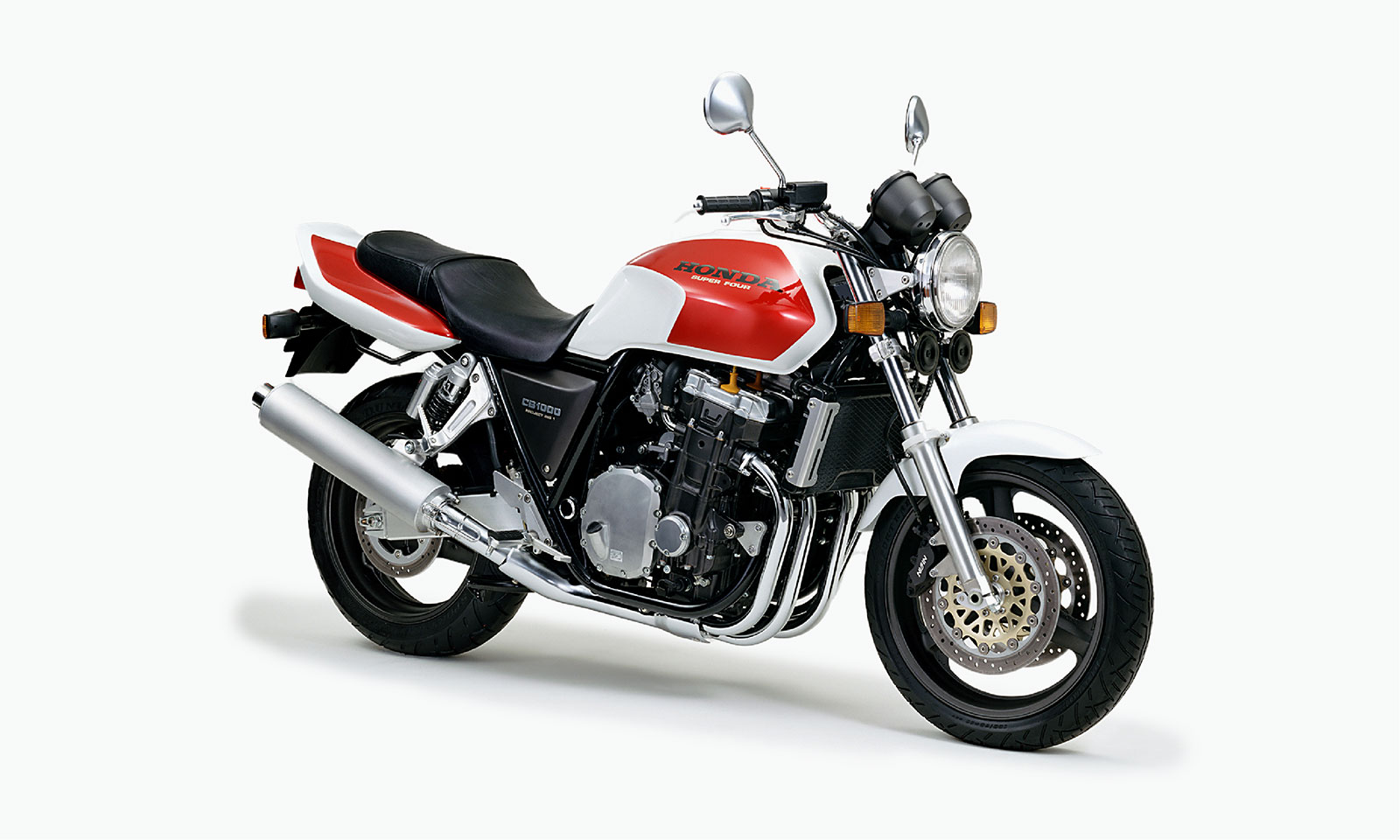
Honda commands 40% of the global motorcycle market , with cruisers like the Gold Wing (GL1800) setting benchmarks for comfort and reliability. Its strategy hinges on:
-
Asian Dominance: 85% of sales come from India, Vietnam, and Indonesia, where affordable commuter models thrive.
-
Electrification Push: Plans to launch 30 electric models by 2030, though cruisers like the Neowing remain niche.

2.3 Yamaha Motor Company: Balancing Heritage and Innovation
Yamaha’s V-Max and Star Bolt cater to cruiser enthusiasts, while its Tracer 9 GT+ targets adventure touring. Strengths include:
-
Diverse Portfolio: From entry-level models to hyper-naked bikes, appealing to a broad demographic.
-
R&D Leadership: Investment in AI-assisted riding systems and hydrogen fuel-cell prototypes.
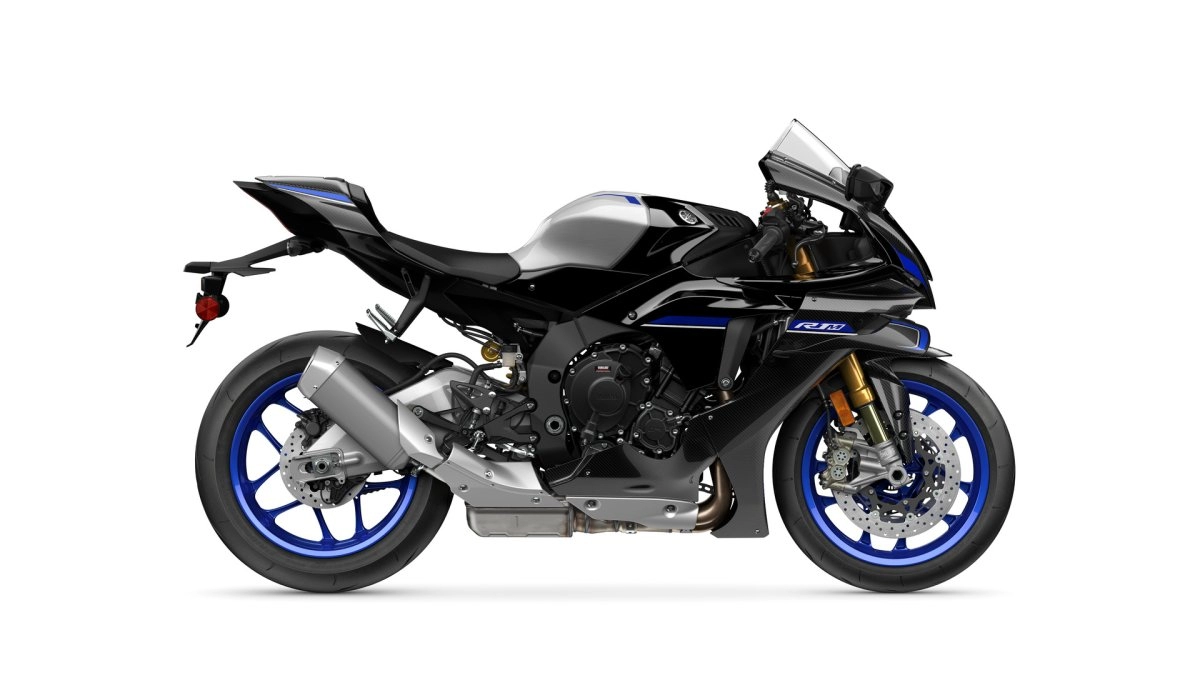
2.4 BMW Motorrad: Engineering Excellence
BMW’s R 1250 RT and K 1600 GTL redefine luxury touring with features like adaptive cruise control and heated grips. Challenges include:
-
High Pricing: Starting at $20,000+, limiting penetration in price-sensitive markets.
-
Electrification Lag: Slow to adopt electric drivetrains compared to peers like Zero.
2.5 Ducati: Performance-Driven Disruption
Ducati’s Diavel V4 and Multistrada V4 blend Italian styling with racing DNA. Key strategies:
-
Niche Focus: Targeting affluent riders with limited-edition models like the Diavel 1260 Lamborghini.
-
Motorsports Synergy: Leveraging MotoGP technology for street bikes.
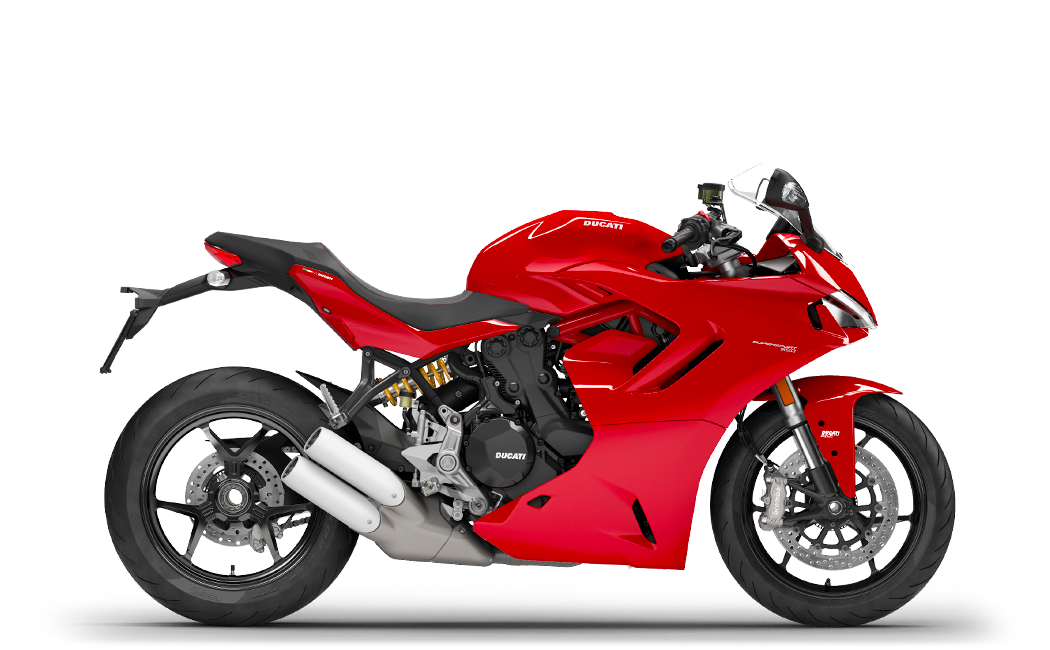
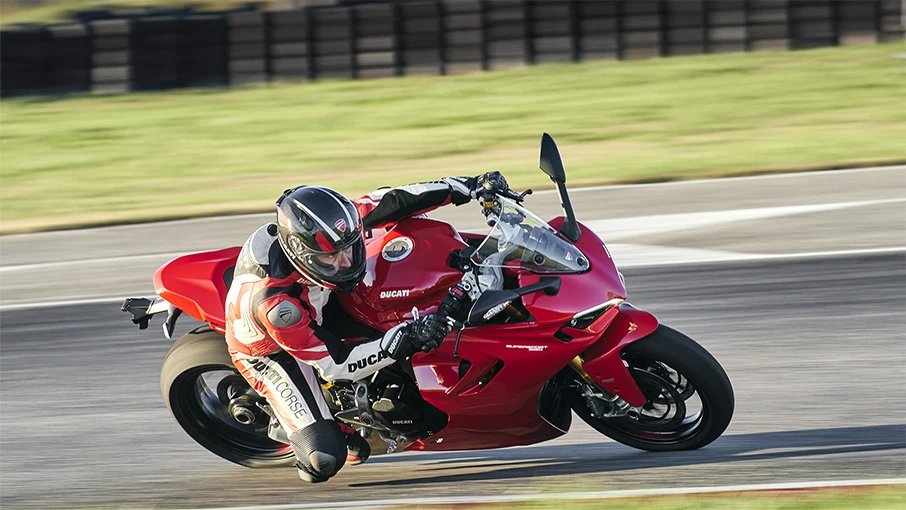

3. The Rise of Great Wall Soul Motorcycle: China’s Challenger
3.1 The Soul S 2000: A Technological Tour de Force
Launched in 2024, the Soul S 2000 represents a significant milestone as China’s first domestically produced premium cruiser, positioning itself as a serious competitor to established models like the Honda Gold Wing. This technological marvel combines impressive engineering with innovative features, setting new standards in the cruiser motorcycle segment.
Engine Specifications: The Soul S 2000 is powered by a groundbreaking 2.0-liter (1,999cc) liquid-cooled, horizontally opposed eight-cylinder engine with a DOHC (Double Overhead Camshaft) design. This sophisticated powerplant delivers an impressive 151.5 horsepower at 6,500 rpm and 190 Nm (approximately 140 lb-ft) of torque, providing both abundant low-end torque and smooth high-speed cruising capabilities. The engine’s “square” dimensions (bore and stroke of approximately 68mm x 69mm) emphasize broad power delivery across the rev range.
Transmission System: Paired with the engine is an advanced 8-speed dual-clutch transmission (DCT), which includes a reverse gear. This transmission offers seamless power delivery and allows riders to choose between automatic shifting modes or manual control via paddle shifters. The DCT system ensures smooth and rapid gear changes without interrupting power flow to the wheels.
Chassis and Suspension: The motorcycle features an integrated aluminum alloy die-casting frame with a screw-free main frame design, achieving a lightweight yet rigid structure. The world’s first three-stage front suspension system, combined with multi-stage adjustable electronic shock absorption, provides superior handling and ride comfort. The front suspension is a double-wishbone girder fork with Brembo radial-mount 4-piston calipers, while the rear suspension features a single shock absorber with adjustable settings.
Braking System: The Soul S 2000 is equipped with Brembo braking components, including dual front discs and a rear disc, all supported by an advanced ABS (Anti-lock Braking System) for enhanced safety during hard braking maneuvers.
Dimensions and Weight: The motorcycle has impressive dimensions of 2,660mm in length, 950mm in width, and 1,540mm in height, with a wheelbase of 1,810mm and a seat height of 740mm. Despite its substantial size, the Soul S 2000 weighs 461kg, which is competitive considering its advanced features and powerful engine.
Performance Capabilities: With a certified top speed of 210km/h, the Soul S 2000 outperforms many of its competitors, including the Honda Gold Wing, which is electronically limited to 180km/h.
Technological Features: The Soul S 2000 comes equipped with a 12.3-inch TFT touchscreen dashboard that supports over-the-air (OTA) updates and intelligent voice control. Additional technological highlights include:
-
AI-powered safety systems
-
Adaptive suspension
-
Electric parking brake
-
Blind-spot monitoring
-
Rear warning system
-
Cruise control
-
Heated grips and seats
-
Electrically adjustable windscreen
-
64L tail box and 27L side boxes for ample storage
-
Bluetooth connectivity for smartphone integration
Design Elements: The design draws inspiration from the Chinese “Lion Dance,” with LED headlights resembling a lion’s eyes and a body posture reminiscent of a lion poised to leap. The seamless taillight echoes the headlights, creating a cohesive and striking aesthetic. The motorcycle is available in four color schemes: red, white, black, and black-gold, offering different versions such as three-box backrest and two-box models.
Variants: The Soul S 2000 is offered in three variants:
-
S2000ST: The base model with side cases, similar to the base-model Gold Wing
-
S2000GL: A more luxurious model with a top case and armchair-style pillion seat, comparable to the Gold Wing Tour
-
Founder Edition: A limited edition of 88 units signed by Great Wall Motors’ executive Wei Jianjun, featuring exclusive design elements and enhanced specifications
The Soul S 2000 represents a significant advancement in Chinese motorcycle manufacturing, combining powerful performance, cutting-edge technology, and sophisticated design to challenge established players in the premium cruiser market.



3.2 Market Positioning and Reception
-
Price: Starting at ¥218,800 ($30,000), undercutting rivals like the Honda Gold Wing ($35,000+).
-
Demand: 200 units sold within hours of launch, with Founder Edition models fetching ¥288,800.
-
Challenges:
-
Brand Recognition: Competing with established global marques in export markets.
-
Supply Chain: Relying on domestic suppliers for critical components like semiconductors.
-
3.3 Global Ambitions
Great Wall aims to capture 5% of the global cruiser market by 2030, leveraging:
-
Export Strategy: Targeting Europe and Southeast Asia through partnerships with local distributors.
-
Localization: Plans to build assembly plants in Thailand and Brazil to reduce tariffs.
4. Market Challenges: Storms on the Horizon
4.1 Electrification Pressures
-
Range Anxiety: Current electric cruisers like the Harley-Davidson LiveWire One (146 miles) lag behind gas-powered models (400+ miles).
-
Cost Barriers: Batteries account for 40% of electric bike costs, making $20,000+ price tags prohibitive for mass adoption.
4.2 Regulatory Hurdles
-
Emission Standards: Euro 5 and California’s CARB regulations force manufacturers to invest in hybrid tech or face fines.
-
Safety Mandates: New EU laws require automatic emergency braking (AEB) on all motorcycles by 2030.
4.3 Geopolitical Risks
Trade Wars: U.S.-China tariffs disrupt supply chains, increasing production costs for global brands. The imposition of tariffs has led to a complex web of economic sanctions and trade policies, forcing companies to re-evaluate their sourcing strategies and supply chain management. For instance, President Trump’s 2025 tariffs on imports from China, Mexico, and Canada have significantly impacted the cost of components and raw materials used in motorcycle manufacturing. This has resulted in increased prices for consumers and reduced profit margins for manufacturers
.
Raw Material Shortages: Lithium and rare earth metals critical for batteries and engines face price volatility. The global supply chain for these materials is plagued by geopolitical and logistical issues. For example, lithium production is dominated by countries like Chile, Argentina, and Australia, where civil disturbances and infrastructural problems can severely disrupt supplies. Additionally, tariffs, export bans, and policy changes in these countries contribute to price fluctuations. The price of battery-grade lithium hydroxide has shown significant volatility, ranging from $8,315.54 to $8,681.41 per ton, reflecting the impact of these drivers
. Similarly, rare earth metals, which are crucial for engines and batteries, face supply constraints due to geopolitical tensions and environmental regulations. These factors collectively create an unstable market environment for manufacturers relying on these critical materials.
4.4 Consumer Shifts
-
Urbanization: In megacities like Mumbai and Jakarta, demand tilts toward scooters and commuter bikes.
-
Ride-Hailing: Services like GrabBike and Go-Jek reduce personal motorcycle ownership in Southeast Asia.
5. Future Outlook: Innovation and Adaptation
5.1 Technological Frontiers
Hydrogen Fuel Cells: Yamaha and Honda are testing hydrogen-powered cruisers, promising zero emissions and rapid refueling. These innovations aim to address environmental concerns while maintaining the performance expected from cruiser motorcycles. For instance, hydrogen-powered bikes can offer a similar range to conventional gasoline models but with water as the only emission
.
Autonomous Riding: BMW’s i Vision AMBY concept hints at self-driving capabilities for future cruisers. This technology could revolutionize the riding experience by enhancing safety and convenience, especially on long tours or in heavy traffic
.
5.2 Regional Growth Opportunities
Africa: Rising middle classes in Nigeria and Kenya are driving demand for affordable cruisers from Chinese brands like CFMoto. These markets offer significant potential for growth due to increasing disposable incomes and a passion for motorcycling culture
.
Latin America: Brazil’s relaxed import laws make it a hub for premium brands like Ducati. The region’s improving economic conditions and appreciation for high-quality motorcycles create a favorable environment for luxury cruiser sales
.
5.3 Market Projections
By 2030, the cruiser segment is projected to reach $92.2 billion, with Asia-Pacific retaining dominance. Key drivers include:
-
Tourism Revival: Motorcycle rallies and cross-country tours in destinations like Australia and Japan are becoming increasingly popular. Events such as the annual motorcycle rally in Australia attract thousands of participants, boosting local economies and fostering a sense of community among riders
-
.
-
Customization Culture: Aftermarket accessories (e.g., exhaust systems, saddlebags) contribute significantly to industry revenue. Riders increasingly seek to personalize their bikes, creating additional market opportunities for manufacturers and suppliers
.
6. The Road to Resilience
The 2025 cruiser motorcycle market is a tale of contrasts: legacy brands clinging to tradition while newcomers like Great Wall Soul disrupt with innovation. While challenges like electrification and regulation loom large, opportunities in luxury and adventure segments offer pathways to growth. As consumers increasingly demand both performance and sustainability, the winners will be those who blend heritage with cutting-edge technology—proving that the open road still holds infinite










Leave a comment